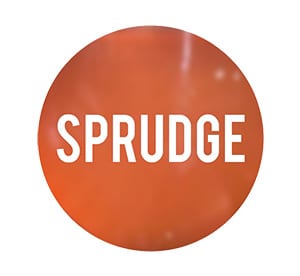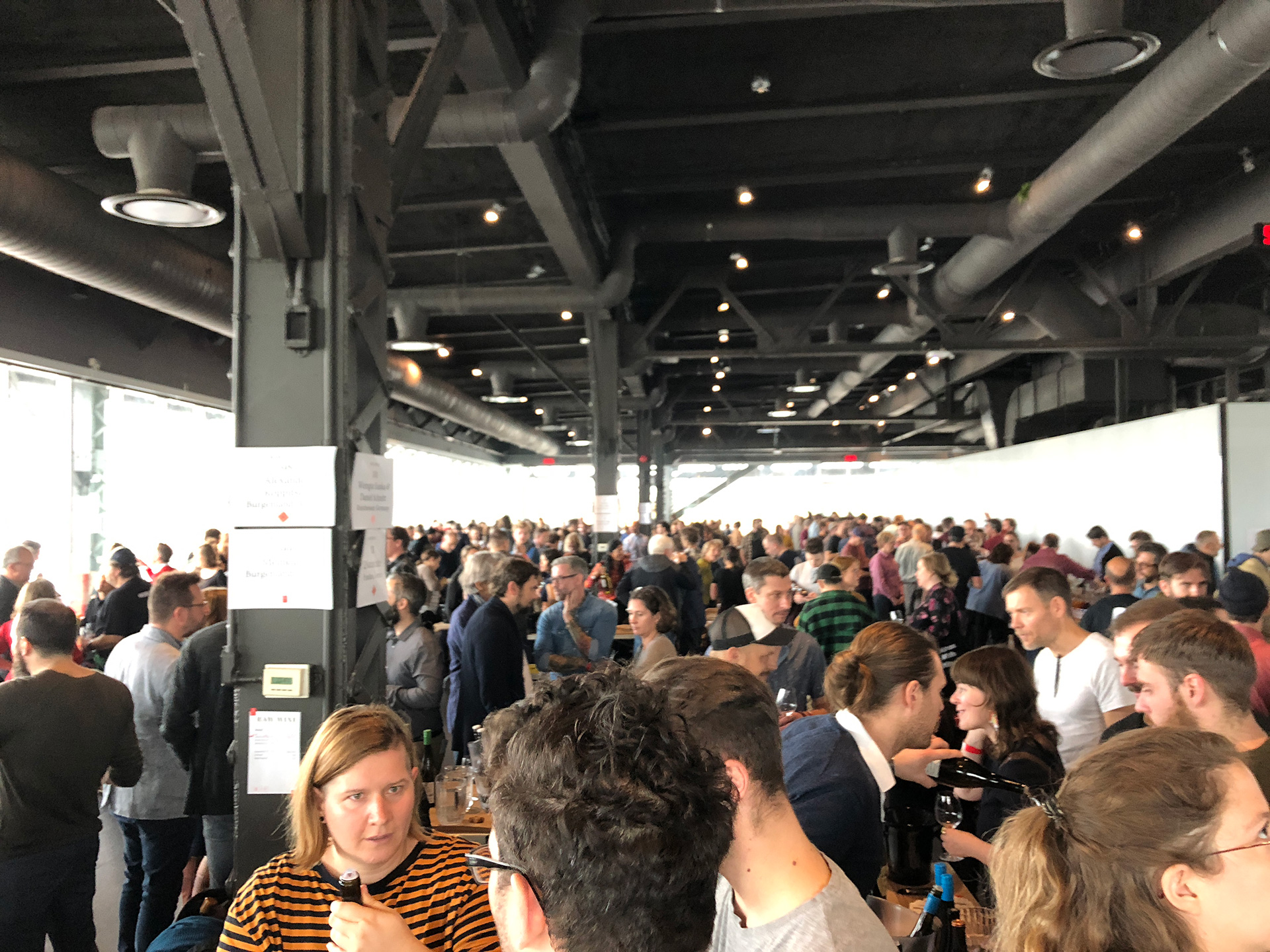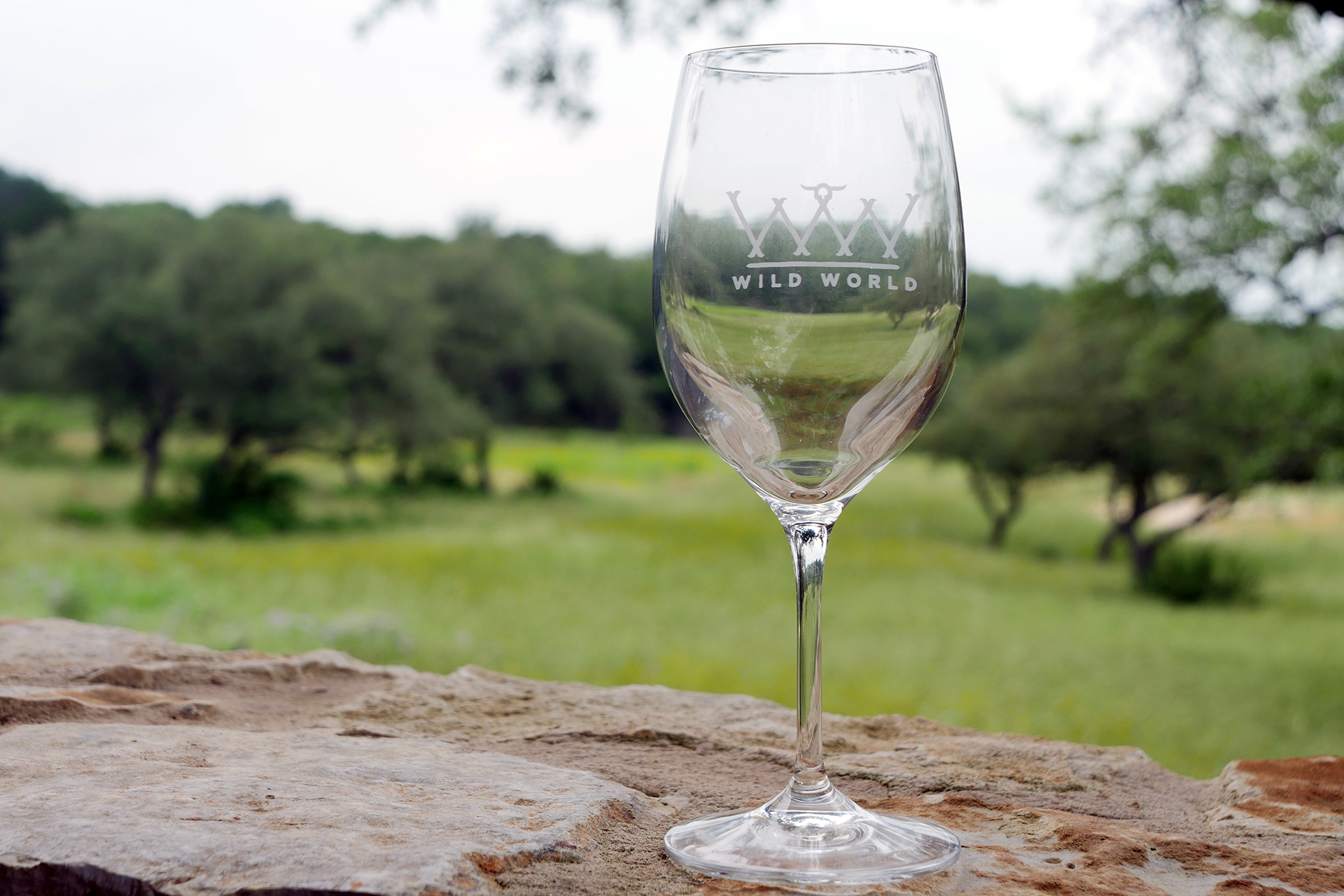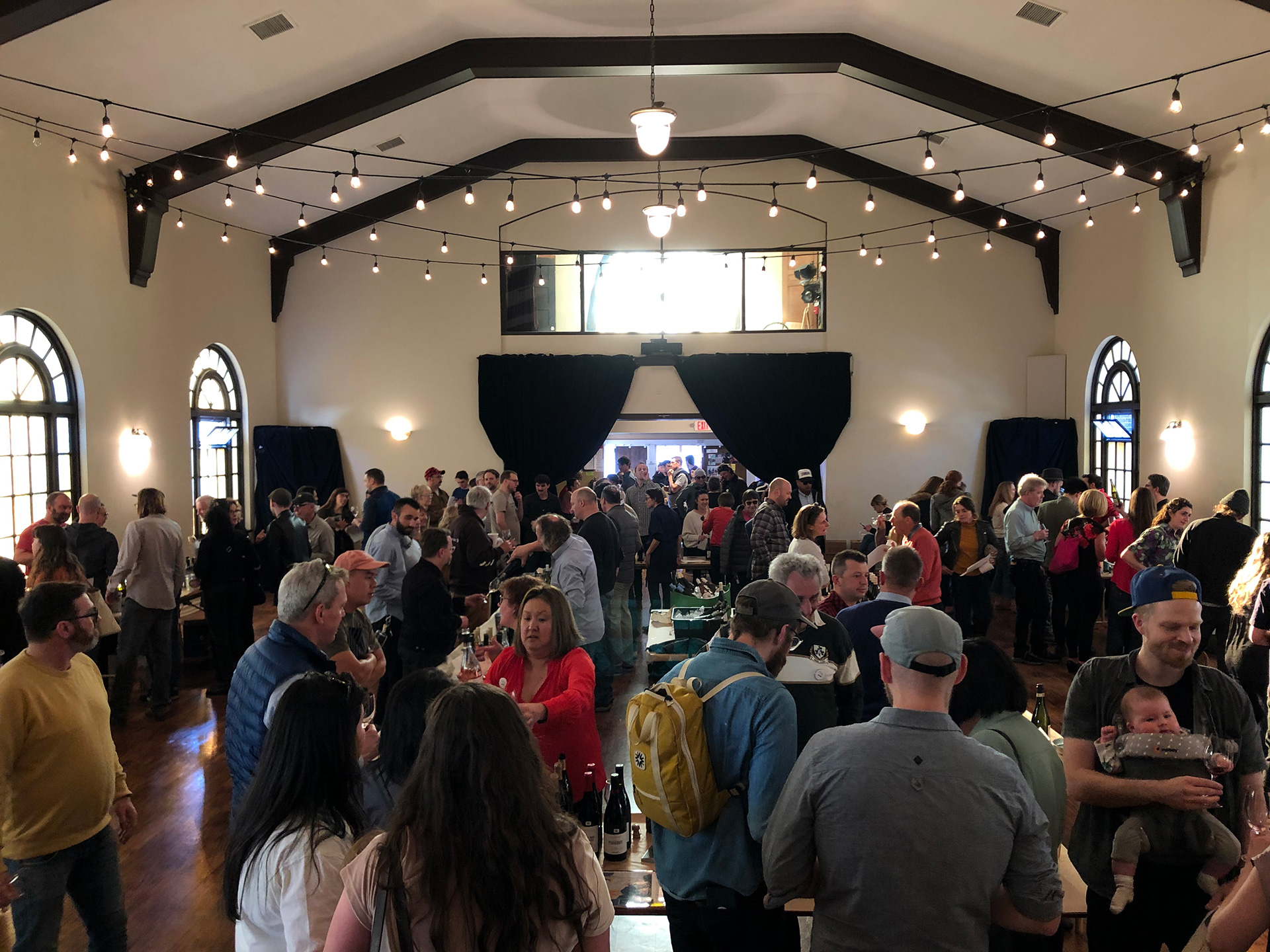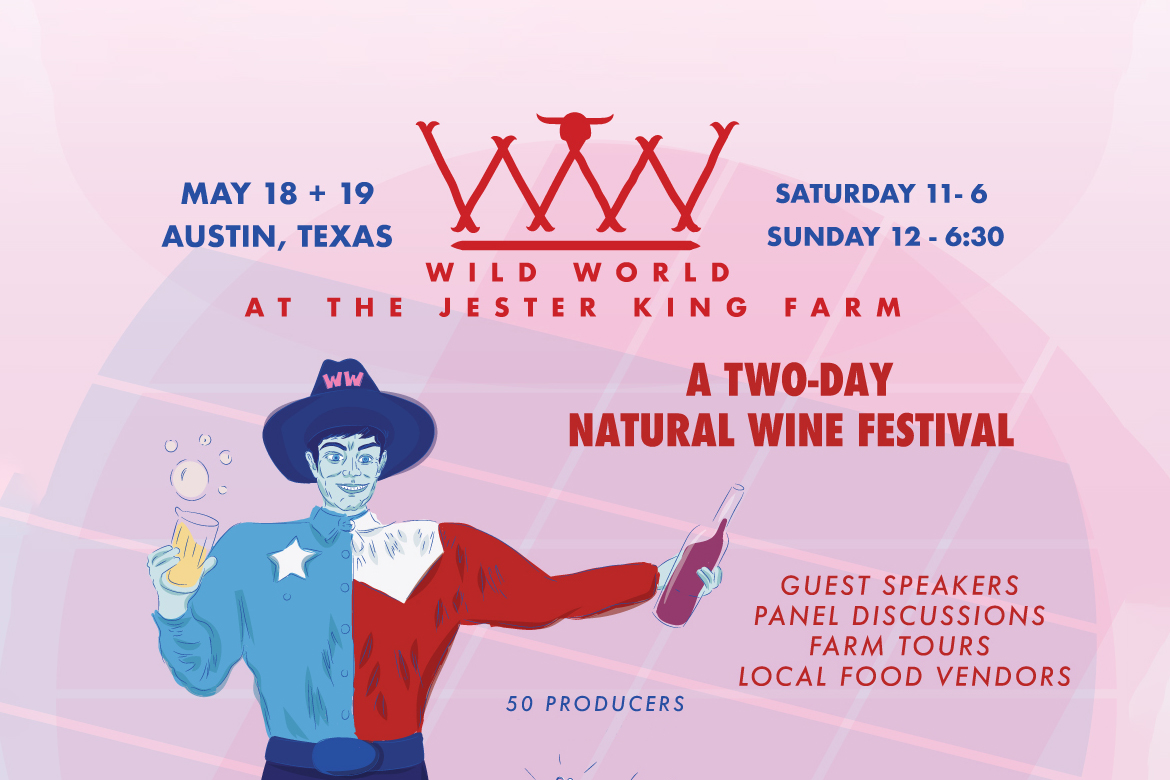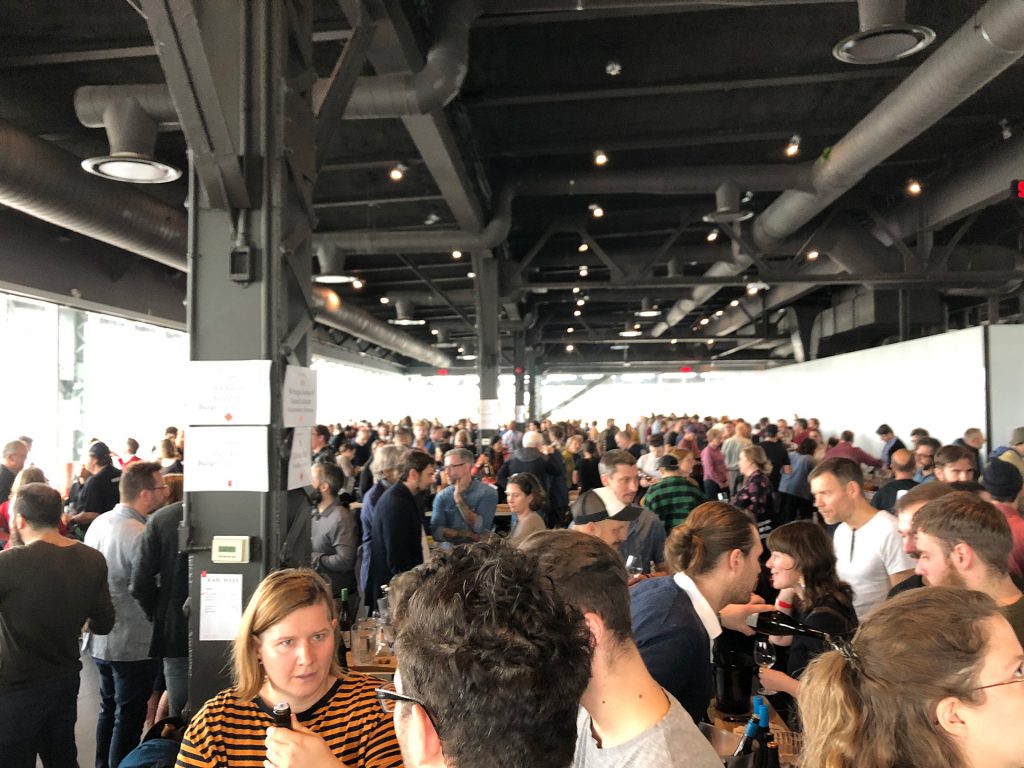
Montreal is Canada’s buzziest food and wine city, the country’s French capital and undisputed natural wine mecca. On Thursday, November 1st the city played host to Canada’s first-ever RAW WINE fair event, a prelude of sorts to the massive RAW events happening across North America in the month of November.
The culture of RAW, celebrating unadulterated, evocative wines, was right at home in Montreal and gave all indication of being a momentous success, selling out well over a week before the event. I spoke to many a local restaurateur who found themselves bartering for extra tickets; one particular agent showed up two hours before the show to plead their case (they got in!).
What awaited lucky ticket holders were 101 growers from around the world, striving to make the most living wines as possible. In its first year RAW Montreal was hosted at The Belvedere, a bright, light-filled event space in the heart of the city. The room felt a bit smaller than previous events in London and New York, making for an intimate, approachable energy; less international wine show, more friendly get together. What added to this nice, dare-I-say Canadian energy, was the coast-to-coast support of natural wine lovers from across the country. Huge swaths of sommeliers from Toronto, Calgary, Winnipeg, Ottawa, Saskatchewan, and Vancouver filled the room in a who’s-who of the Canadian natural wine scene. The end result felt a bit like Instagram brought to life, with many a like-minded sommeliers and importer meeting for the first time. (Canada is big, okay?!)
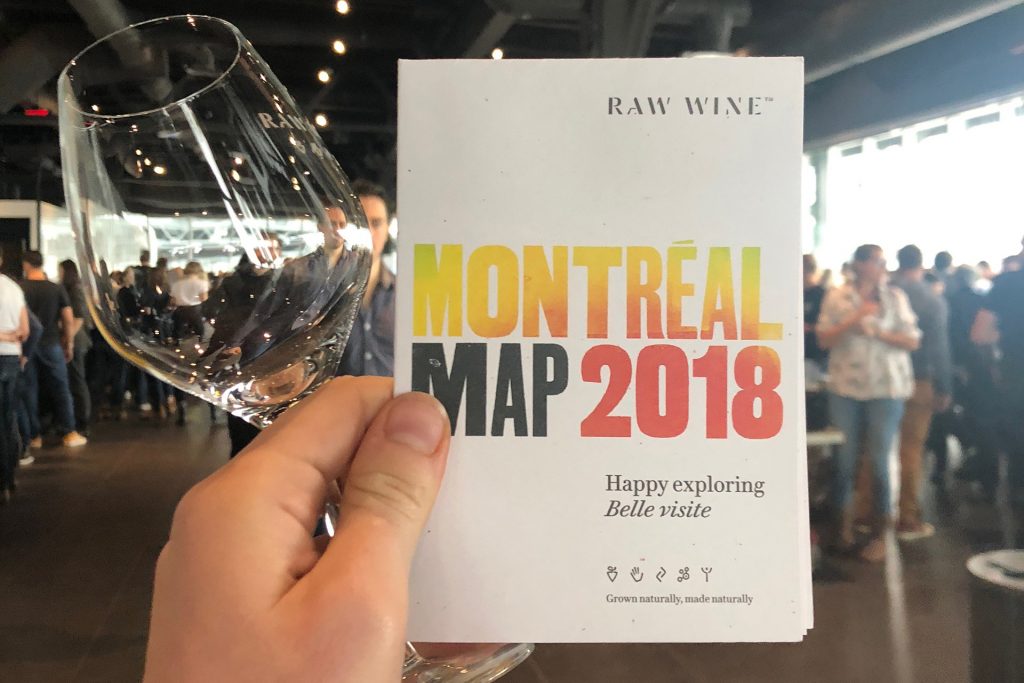
Traveling producers and trade packed Montreal’s wine bars and restaurants before and after the main event and added an energy I haven’t felt at other RAWs. Montreal is a big Canadian city, but minuscule compared to New York, LA, London, or Berlin, RAW’s other stomping grounds. The effect was a natural wine summer camp. Whether bouncing between new top-spots like McKiernan, Mon Lapin, and Elena along with old favorites like L’Express, Vin Papillon, Larry’s, or Pullman, Montreal’s charming restaurants and wine bars felt fully taken over by the festival, filled to bursting with familiar faces and international wine friends raiding deep cellars and sharing bottles.
The energy of the day was one of excitement. I arrived just a few minutes after the doors opened to a room already full of swishing and spitting. By far the strongest showings were in Italy (with 33 growers) and France (with 32), though it was treat to feature some top Canadian growers (more on that later!) and the Austrian showing was small, but mighty (more on that later too!). Another unique Montreal attribute was language. French is Montreal’s official language and to have so many French conversations buzzing around the room added a European energy you’d be hard press to find at another North American wine festival.
Related: The Very Best of RAW WINE LA 2017
Related: Isabelle Legereon of RAW WINE: The Sprudge Wine Interview
Good vibes and excitement not withstanding, like any first-time festival RAW Montreal has room for improvement. Most notably, there were a serious lack of spittoons and volunteers emptying them. There were also long lines for the two food trucks and an even longer line for the bicycle-powered coffee station. I talked to several producers who didn’t get a meal working from 10:00am to 8:00pm. My other frustrations were more structural: essentially every producer present was already represented and many agents, as opposed to the producers themselves, were behind booth. Although the agents were very knowledgable, it is never the same as talking to the maker. We have heard that a Toronto RAW is in the works for 2019 and a larger venue in a hungry, growing market will go a long way.
Similar to previous years for RAW in North America, the challenge is in attracting non-European makers to the festival. There were no examples of the many thrilling Australian and South African natural wines, for example, and no South American representation for RAW Montreal, something that will improve as the events continue through New York and LA. As the same faces keep coming to RAW, both producers and trade, keeping these events dynamic and educational will be key. Even with airy spaces, the big crowds make talking to producers in any detailed way challenging and increasing access through seated seminars, already offered at the New York RAW event, would go a long way.
But enough about that! On to the producers! While this list could be extremely long with such a strong showing, I picked some favorites that stood out from the crowd and I would happily and whole-heartedly recommend. Not on this lists are the cult classics that are forever worth a visit as barometers of the category and staples on the best wine lists around the world. These include RAW Wine veterans like Foradori, Radikon, Gravner, and the wonderful Clos Beru (#iloveclosberu).
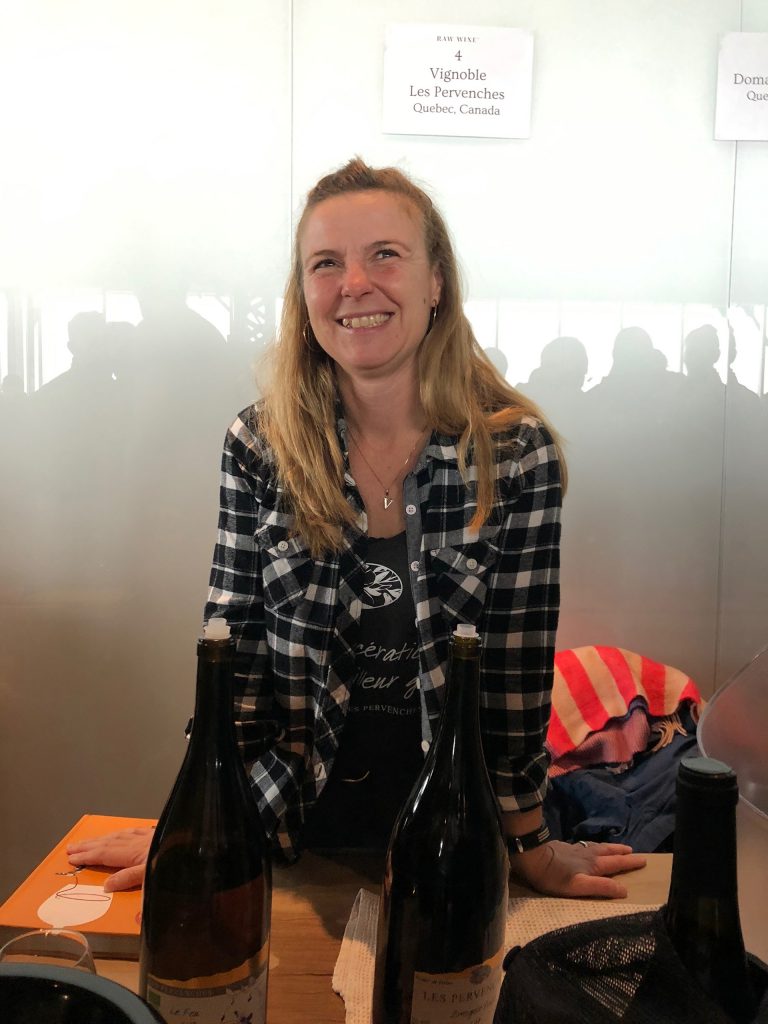
Quebec on Showcase // Les Pervenches + Domaine du Nival
For many around the world, Canada is still defined by its ice wine. Even for experts, aware of the many top quality still wines produced in Ontario and British Columbia, their knowledge often ends there. And so it was thrilling to see Quebec’s wine producers shining bright at RAW. In such a wine-progressive province, it is no surprise that their wines are modeled off of top natural European examples and not the oak, fruit bombs that dominate the larger Canadian still wine market. Every time I’ve been in Montreal the last year, sommeliers have gotten a mischievous look of excitement when they pull out a bottle of Les Pervenches, a fully organic winery in its 30th (!) year of production. With owner Veronique Hupin, I tasted hybrids, Chardonnay, and light reds, with a unifying thread of savory, electric edginess—like a love-interest who plays an obscure instrument and doesn’t have a social media account. Though all the wines were delicious their Zweigelt-Pinot with a carbonic start tasted like beet-juice for the soul, the light spicy pinot, complementing the dark, brooding Zweigelt to a tee. The pet-nats of newer upstart Domaine du Nival were also well worth the taste and their sparkling takes on Vidal were Margherita salt on the lip on holiday.
Greek Bliss // Domaine Ligas
One of the best trends of natural wine is the broadening of grapes we drink and regional stories we tell. This was best exemplified by Domaine Ligas, a family run estate in the ancient city of Pella where Euripides famously wrote and staged the first production of Bacchus. Domaine Ligas shone with a wide range of native grapes under cosmic, modern labels. While everything was delicious (Roditis, Assyrtiko, Xinomavro, the gang’s all here), the star was the skin contact Kydonista, a 30-day skin contact wine from an almost extinct variety. On its label is another star-forgotten, Katina Maximo, a well known Greek stage actor in the 20s who fell out of favor when she moved to the west during the war. Exotic floral notes hide dark secrets of ancient Greece in a love story for our time.
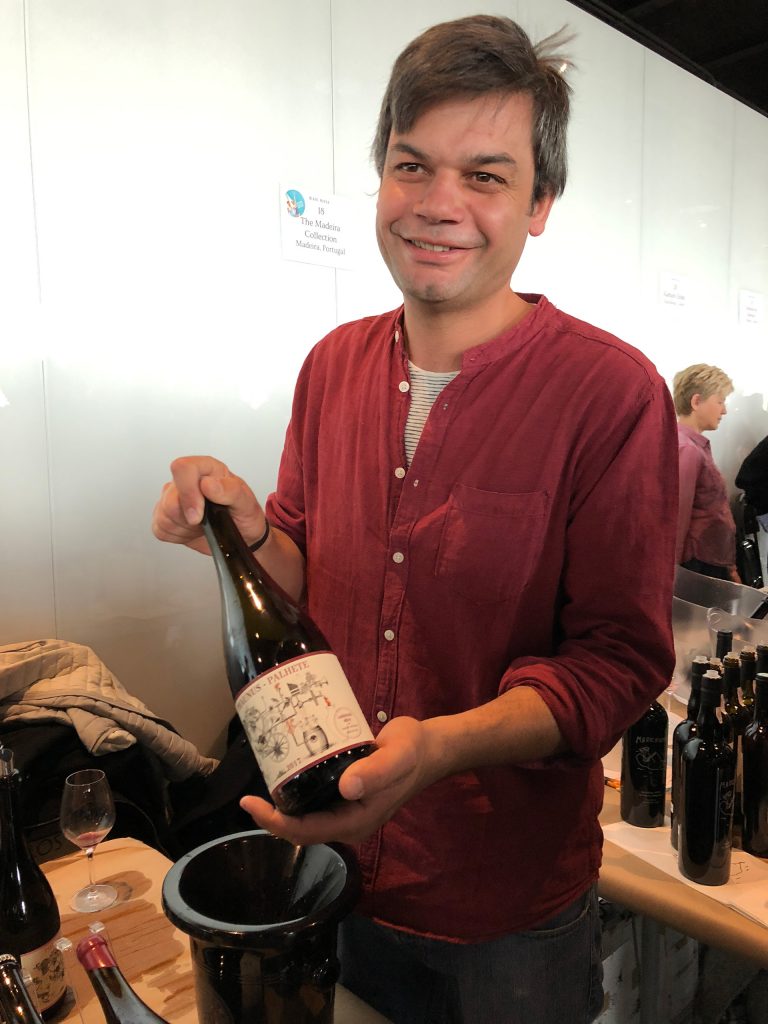
The Energy is Interrupting Us // Aphros Power
And then there was Aphros. Some people talk a big game about biodynamics, but few disconnect their winery from electricity to not interrupt the energy transfer from vine to bottle. Aphros founder Vasco Croft, one of Portugal’s most famous and interesting winemakers, is turning out soul-stopping wines in a region known for its light-spritzy Vinho Verdes. It is always a treat to taste their Palhete, combining the white grape Loureiro and the red Vinhão in a centuries old tradition producing darkly-colored rosés that were once a low-alcohol, safer alternative to water. Theirs is spontaneously fermented and left on its skins for three months in a beeswax-lined amphora before being pressed (by medieval pump of course). The effect is a wine that looks like Kombucha you might buy from a bike-peddler in Bushwick, with a taste that is orange wine brine with a splash of glou glou red: highy smashable, highly historic, this is a medieval boy-band of a wine with layers to unroll if you can resist gulping it instantly, while smiling.
Austrian Gold // Montreal darling Koppitsch Shines
Although small at six producers, the Austrian section was a hit factory of flavor. There was not a dud in the bunch, with big shout-outs to the whites at Claus Preisinger, the wild power at Weingut Maria and Supp Muster, and the always stand-out value for quality at Meinklang. The biggest winner for me were Maria and Alexander Koppitsch, a husband and wife team who took over their family plot in 2011 and have been charming the natural wine world ever since. Their wines simply taste of joy. I conveyed this to Maria and she nodded and smiled, clearly a thing she hears often. “We are a happy family,” she told me. “You taste that.” My favorite was the Humok (which means sand), their new classic white, a blend of Gruner, Pinot Blanc, and Sauvignon Blanc with an impossible to miss pastoral label and a flavor that I described as “adults who still play,” which I think means grown up, but full of life. Relaxed from years of therapy, perhaps. If the concept of “love yourself and others will love you too” had a taste, it would be this wine.
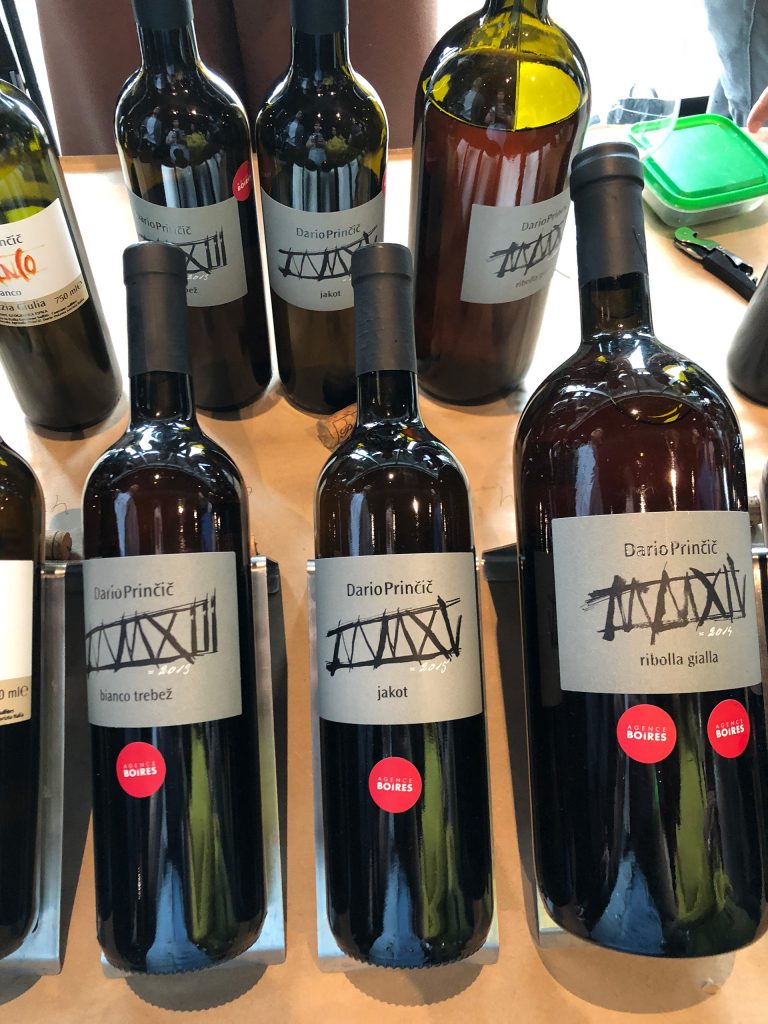
Do You Even Skin-Contact, Bro? The Mastery of Dario Prinčič
Dario Prinčič was a low-profile star of Friuli for years, making exceptional wines in the village of Oslavia a few steps from the Slovenian border since 1993. In 1999 he began experimenting with skin contact and was so enamored by the complexity and texture it provided that he moved his entire production to the method the very next year. Steep slopes and almost complete Southern exposure make for tense, complex wines, with developed fruit to play off bitter phenolics. His niece Katia was pouring the range at RAW and I refuse to pick a favorite, though this table did yield my favorite tasting note of the fest: “Dank werewolf lives among wild flowers.”
Il Torchio, or How to Make Vermentino
It is always nice to be surprised by new producers. This was my first time tasting Il Torchio, a 12-hectare estate in the Colli di Luni region of Liguria. The estate was began by Giogio Tendola, and taken over by his young children when he passed away suddenly in 2011. It was a true pleasure to speak with his daughter Gilda and deep dive into Vermentino, a grape we rarely see explored so extensively in North America. From a salty, briney, unoaked version with a broad mid-palate, to a short skin-contact expression bursting with orange blossom and ripe peach, to an older vine example that tasted like a pine needle mouthwash for the gods, it was all very worth exploring and her super energy made it even better. Wild labels are designed by Gilda and her husband’s favorite tattoo artist, obviously.
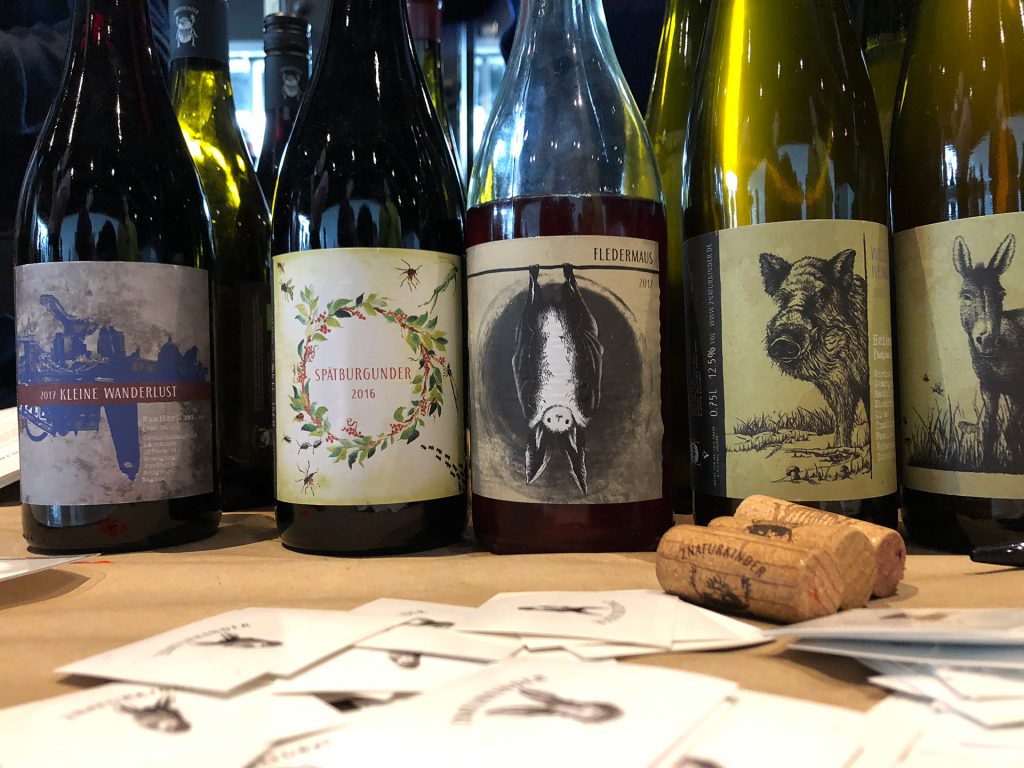
2Naturkinder and the Case for Animals on the Label
Conventional wine has sullied the reputation of animals for too long! Though I am thankful to all of the many great natural wineries who celebrate the animal (Bonard, Escoda, and La Garagista come to mind), 2Naturkinder goes the extra mile. Melanie and Michael Völker returned to their families ancient winery founded in 1843, after falling in love with natural wine by chance in a London restaurant. That bottle of Boire Tue from Pascal Simonutti changed the course of their lives and they have been making personality-filled natural wines in Franconia since 2012. If given the chance you simply must taste their Fledermaus Red, their Schwarzriesling (Pinot Meunier) grown amidst a bat sanctuary and with help from the bat’s very nutrient-rich manure. It is only right that a rare, grey, long-eared bat graces the label and that the wine looks and tastes like the high school punch of a wizard academy.
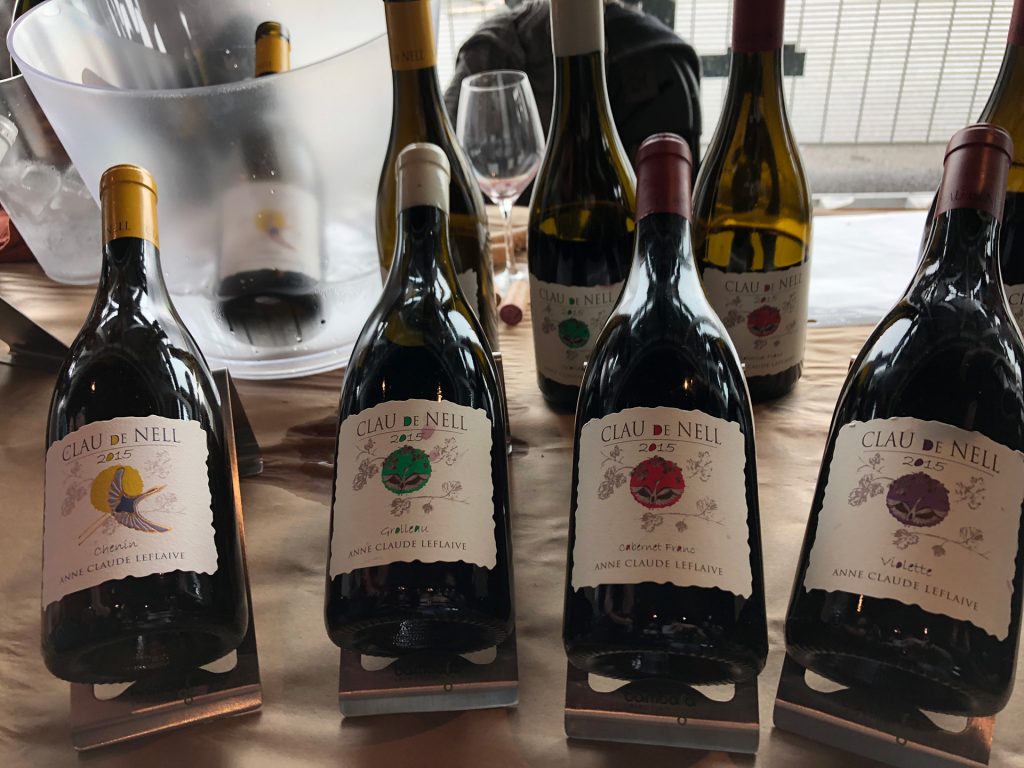
Crispy Clean at Clau de Nell
It is easy to fall in love with the weird and wild at RAW, but natural wine is not all funk and sediment. It was a joy to taste the pure, fine, cashmere-sweater of a line up at Clau de Nell. The story of the estate is one of serendipity. Christian and his wife Anne-Claude Leflaive started a biodynamic organization to help growers across the country share information. Through this they came across Clau de Nell, a small Anjou property on prime soils with beautiful old vines and absolutely no money. They were able to buy the estate in 2008 and it became the couple’s labor of love. Anne-Claude died far too young, and Christian continues her legacy with young winemaker Sylvain Potin (who made wine with French-turned-Chilean star Louis-Antoine Luyt for years). Their lineup is small and classic, but it is the Chenin, in its first vintage, that stole the show. It tastes like understated luxury, a fur coat found at a second hand shop, a restored old car on a weekend trip. There is nothing funky about this just pure, precise expression of one of the finest wine regions in the world. Finally, something for you and your mother-in-law.
Nicole Campbell is a part time wine-importer, writer and co-founder of Grape Witches, a natural wine education and events company based in Toronto, Canada. This is Nicole Campbell’s first feature for Sprudge Wine.
